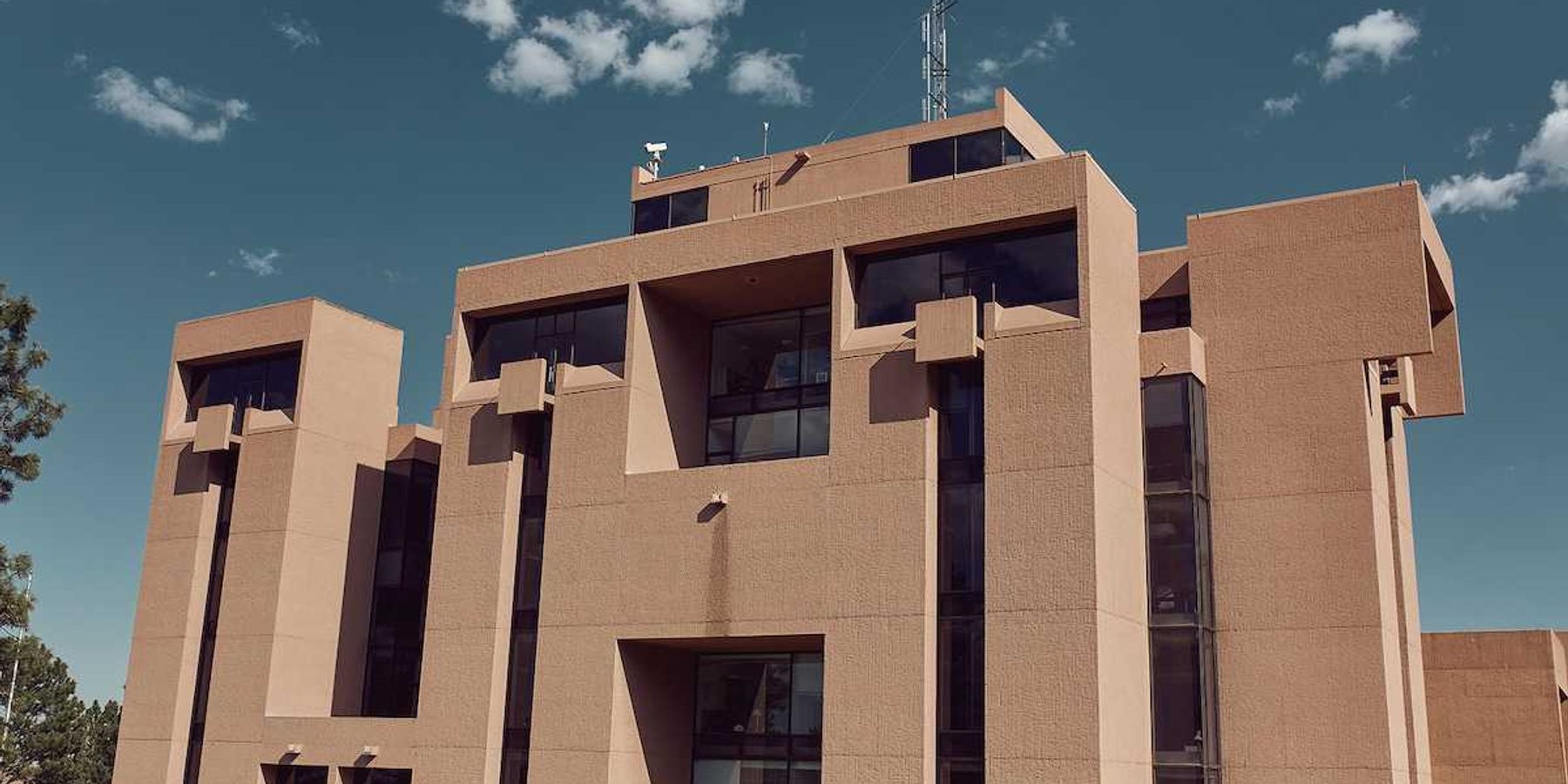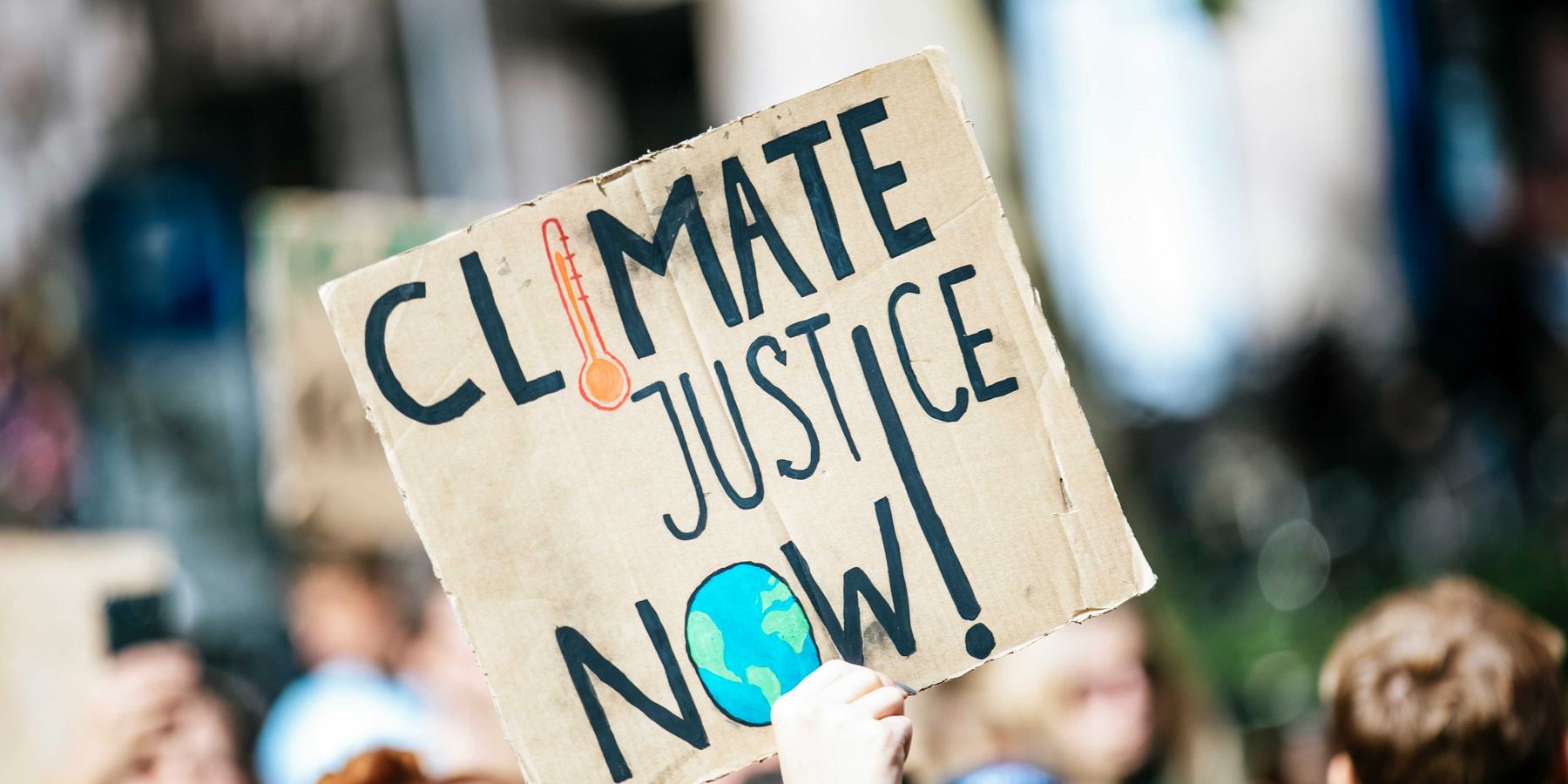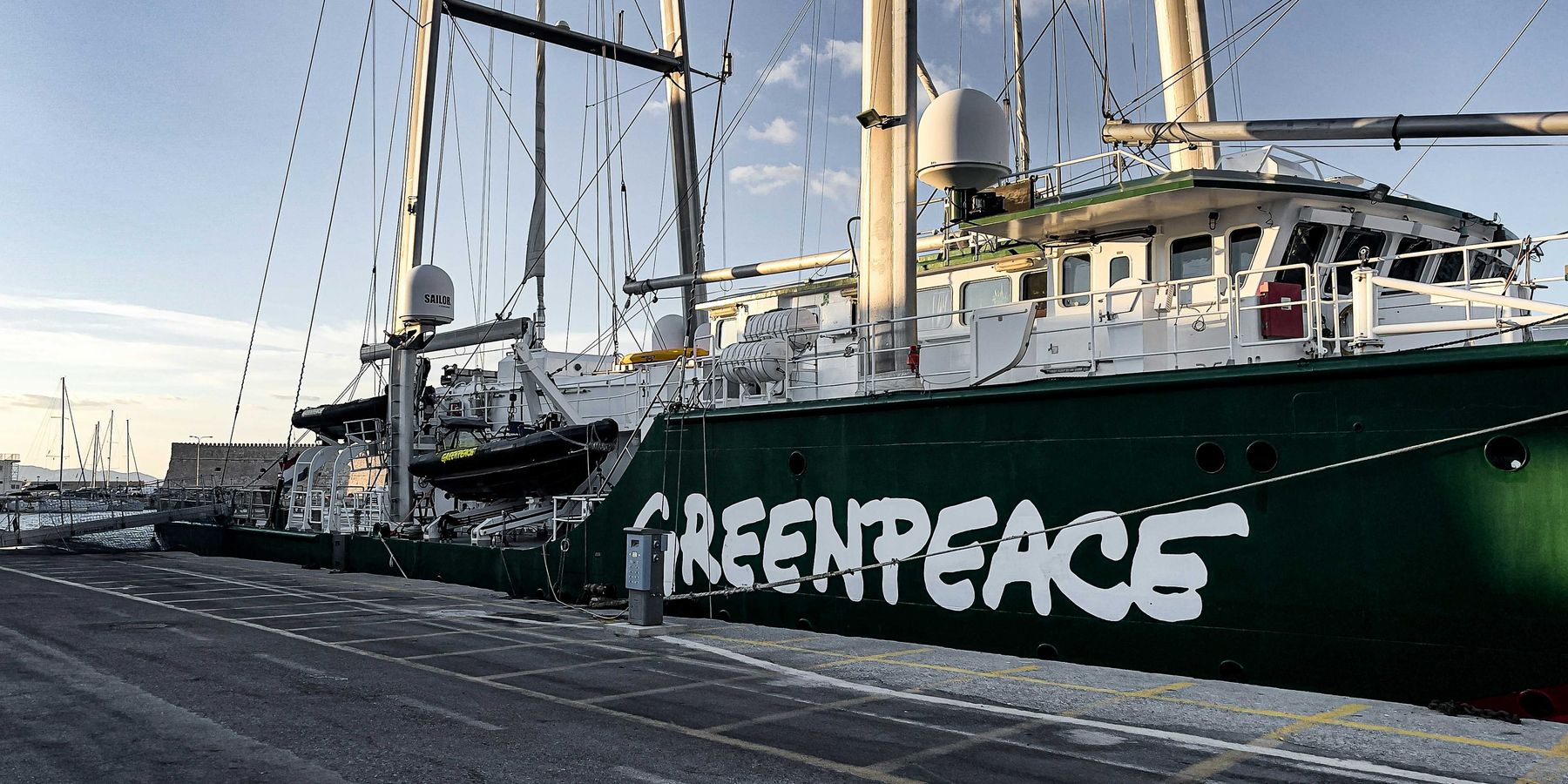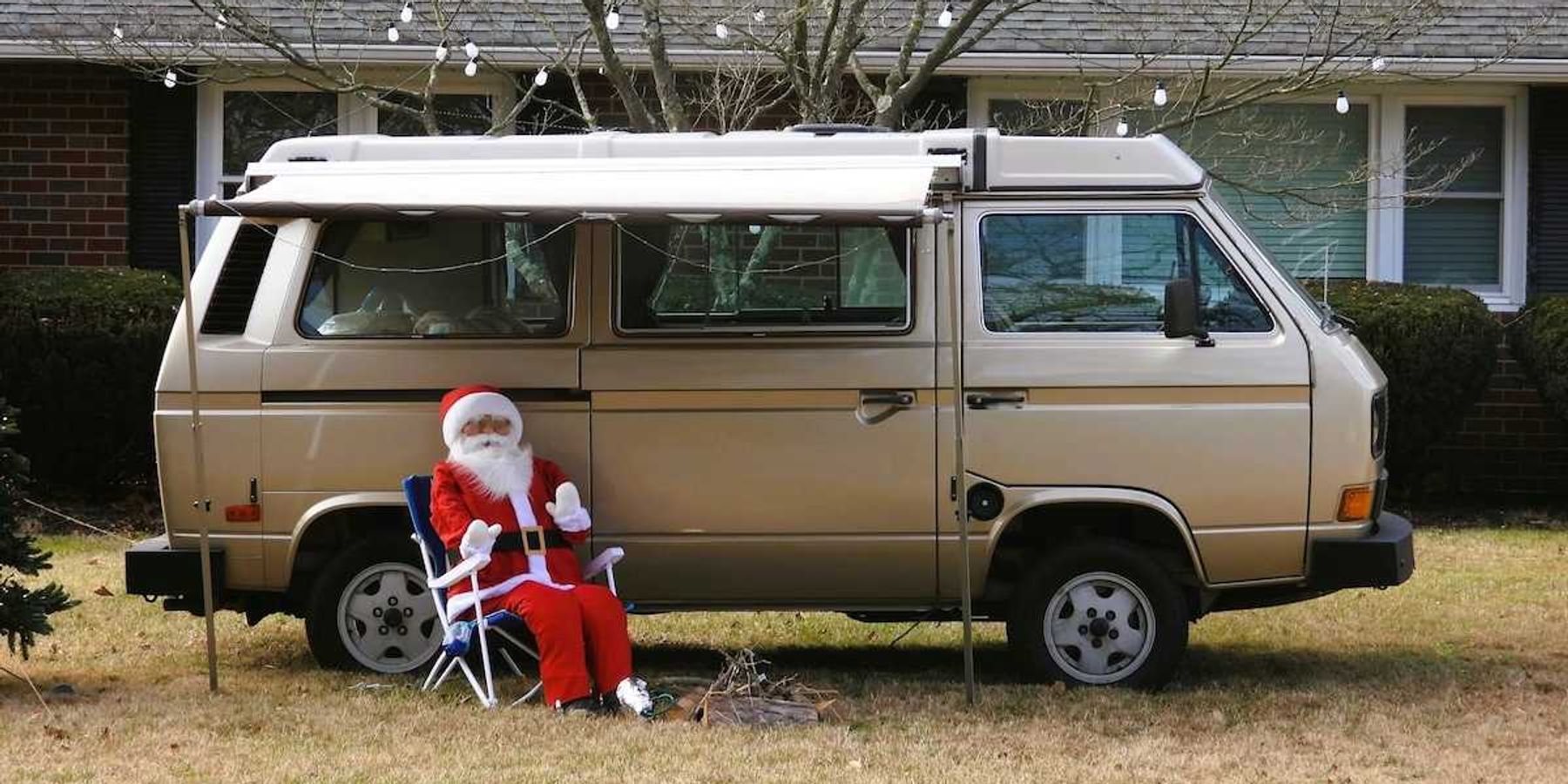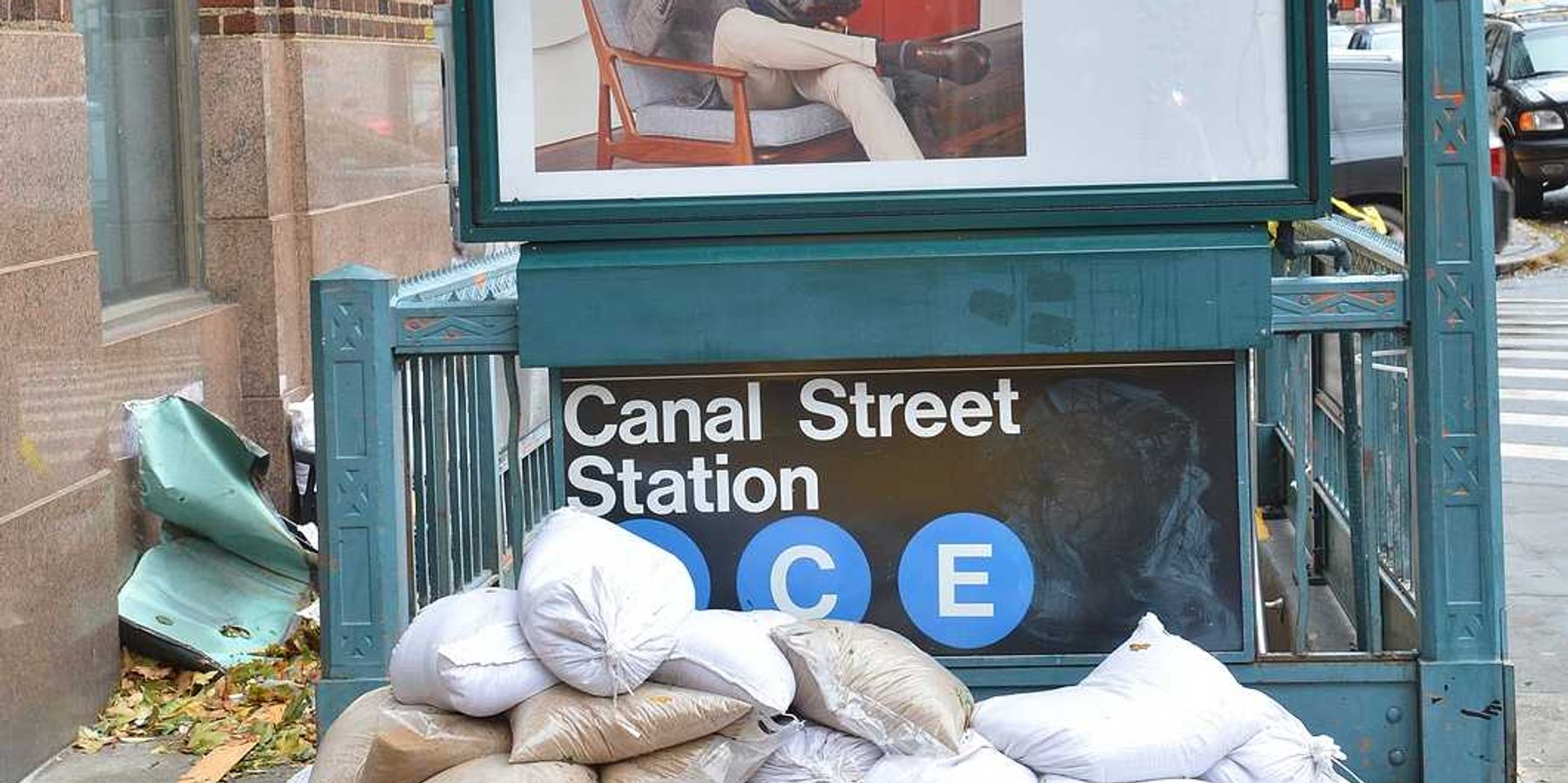Albuquerque doubles down on cycling safety to curb traffic dangers
Bicycle commuters in Albuquerque face persistent risks from vehicle collisions, but city initiatives aim to make roads safer, reduce emissions and encourage sustainable transportation.
Tina Deines reports for Inside Climate News.
In short:
- Albuquerque, one of the most dangerous U.S. cities for cyclists, has launched infrastructure projects like buffered bike lanes and multi-use trails to protect riders and reduce traffic deaths.
- Despite improvements, disparities remain in bike infrastructure between wealthier and low-income neighborhoods, with inconsistent enforcement allowing cars to misuse bike lanes.
- Cities like Tucson and Denver provide examples of effective cycling safety measures, from bike-specific traffic signals to robust physical barriers, inspiring Albuquerque’s future plans.
Key quote:
“Sometimes there’s bike lanes and there’s varying levels of quality in those bike lanes. And then often cyclists are forced to be just out in the same lane [with motor vehicles].”
— Eric Biedermann, board member at large for BikeABQ
Why this matters:
Albuquerque is trying to prove that safer streets aren’t just about avoiding crashes — they’re about cleaner air, less sprawl and healthier communities. But will the momentum stick, or will bike lanes remain a patchwork solution?
Read more: Bicycling is having a moment—let’s use it to make riding more safe and inclusive.

